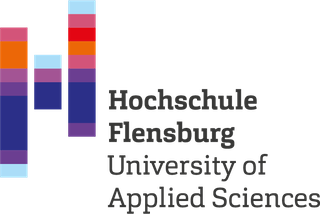Design and Validation of a Questionnaire to Evaluate the Usability of Computerized Critical Care Information Systems
von Dincklage, F., Lichtner, G., Suchodolski, K., Ragaller, M., Friesdorf, W., & Podtschaske, B. (2017). Design and Validation of a Questionnaire to Evaluate the Usability of Computerized Critical Care Information Systems. Journal of Clinical Monitoring and Computing, 31(4), 833–844. http://doi.org/10.1007/s10877-016-9892-y (Original work published August 2017)
